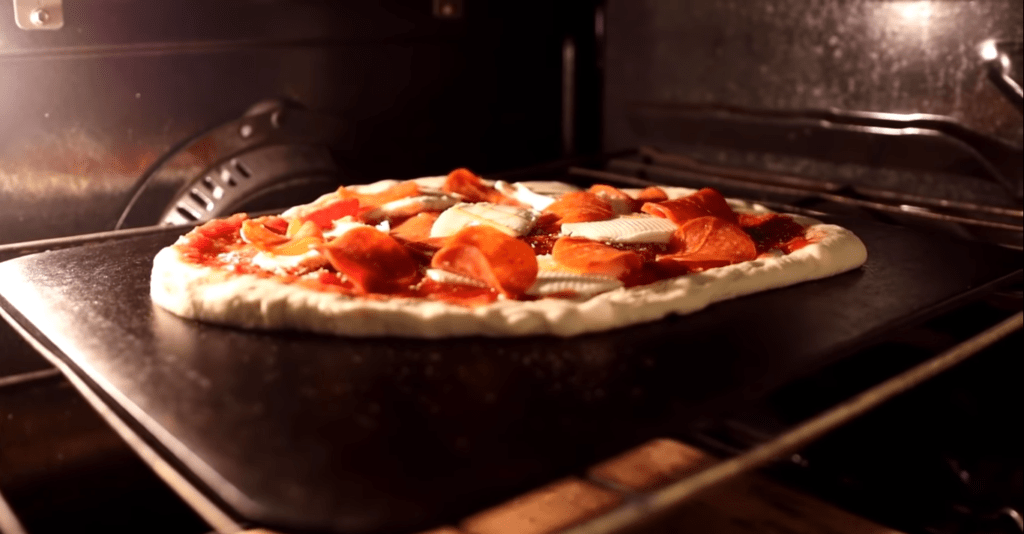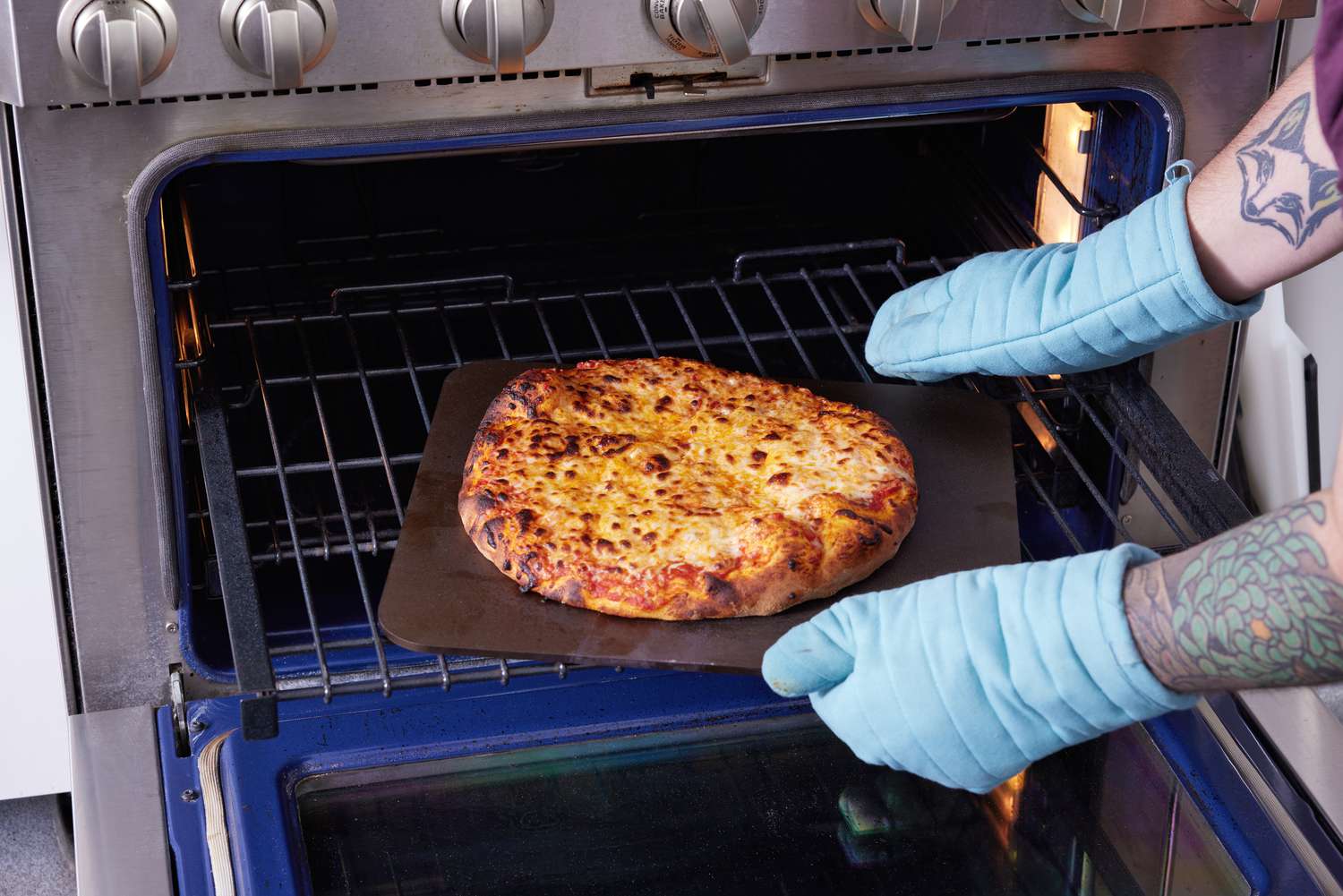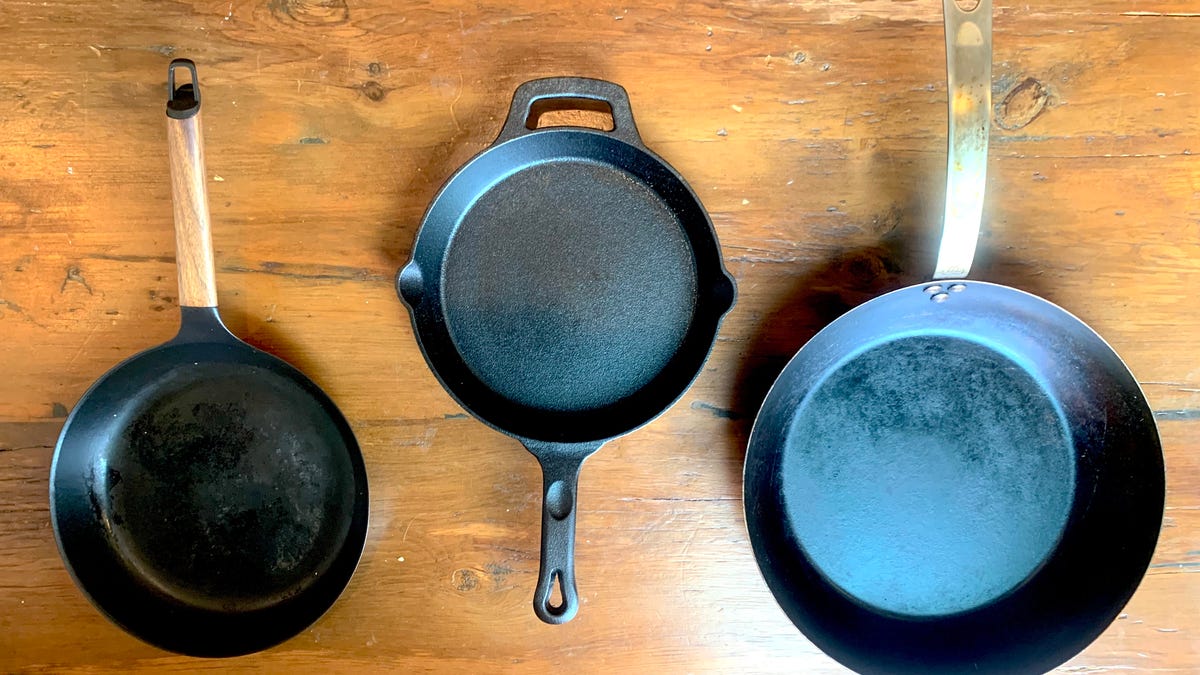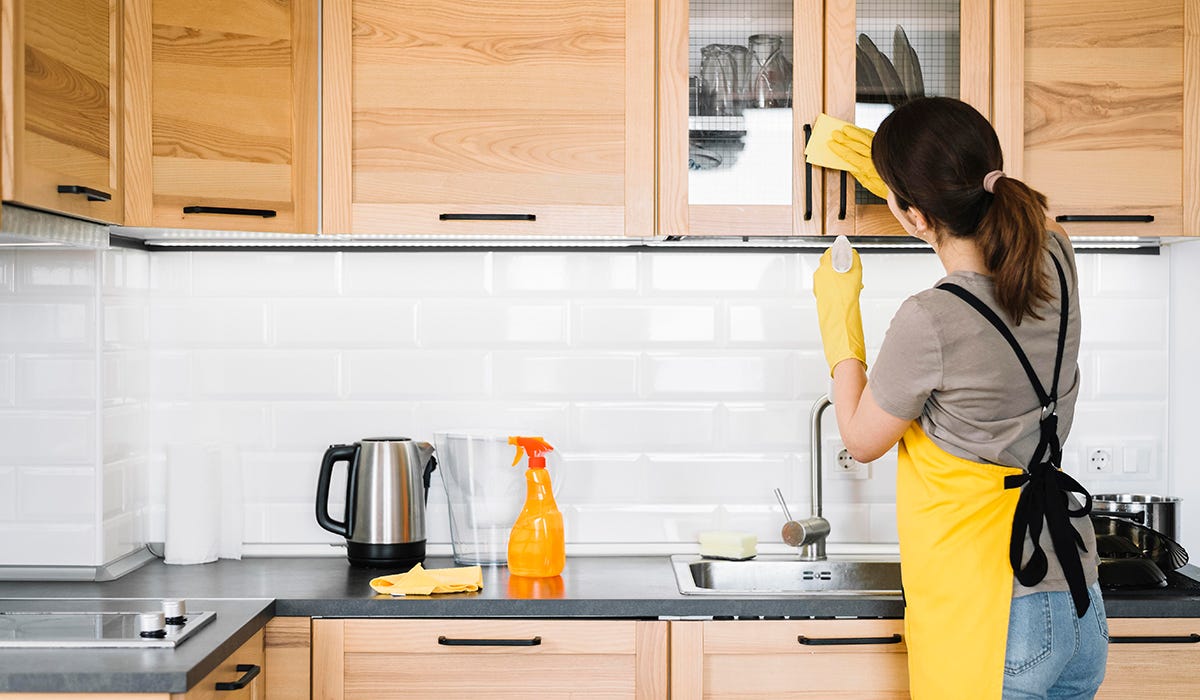In the world of culinary art, few delights can match the allure of a perfectly baked pizza. For kitchen professionals, mastering the art of baking stone pizza recipes not only elevates the dining experience but also adds a sophisticated skill set to their culinary repertoire. Within this article, we embark on an in-depth exploration of creating exquisite pizzas using a baking stone, a staple for achieving the perfect crust.
The magic of baking stone pizza recipes lies in the even distribution of heat and moisture retention that a baking stone offers. This method is revered for producing pizzas with a crispy, restaurant-quality crust an elusive achievement in conventional ovens.

The Perfect Baking Stone: Selecting the Foundation
Choosing the ideal baking stone is the first step in your pizza-making journey. For professionals, the right stone is crucial for consistent results. When selecting a baking stone, consider the material; popular options include ceramic, cordierite, and even cast iron. Each material offers distinct advantages, such as excellent heat retention and durability. Check out this guide on the best baking stone for bread to make an informed decision.
Preheating: Setting the Stage for Perfection
Preheating the stone is a fundamental step that cannot be overlooked. Place your stone in a cold oven and begin preheating to a high temperature, typically around 475F (245C) to 500F (260C). This process can take approximately 30 minutes, allowing the stone to absorb sufficient heat and ensuring a crunchy crust once the pizza hits the surface.
Dough Dynamics: Crafting the Canvas for Culinary Creativity
Making the Dough
For kitchen professionals, pizza dough serves as a blank canvas for culinary creativity. The key to achieving the perfect dough lies in balance; it should be elastic yet firm, capable of holding up a rich medley of toppings. For inspiration, read about thick crust pizza baking tips crafted for refined palates.
Rolling Out the Magic
Once your dough has risen, the next step is to shape it with care. Roll out the dough to your preferred thickness on a floured surface. A thinner dough facilitates a crispier crust, while a thicker base offers a chewier texture. Professionals often use a pizza peel to transfer the dough effortlessly onto the baking stone.
Tantalizing Toppings: Elevating Your Culinary Creations
Classic, Creative, and Beyond
The beauty of pizza lies in its versatility; it's a dish that adapts to the culinary artist's whim. From classic Margherita to gourmet creations like truffle and arugula, toppings can transcend borders and traditions. The delicate balance between sauce, cheese, and additional toppings differentiates a good pizza from a great one. If you seek inspiration, consider exploring the rich world of thin crust pizza recipes.
Using a Baking Stone: Unlocking Full Flavor Potential
Beyond traditional pizza, a baking stone can be used for various recipes. From bread to pastries, its heat distribution capabilities offer endless possibilities. Explore these ways to use your baking stone beyond pizzas.
Perfecting the Process: Achieving Pizza Prowess
When it comes to placing the pizza onto the stone, timing and technique are everything. Once the oven and the baking stone are adequately preheated, dust a thin layer of flour or semolina onto the stone to prevent sticking. Using a firm and swift motion with your pizza peel, transfer the pizza onto the hot stone.
Monitor and Master
Professional chefs know the importance of monitoring the pizza carefully as it bakes. Depending on the oven and stone used, pizzas may take around 10 to 15 minutes to achieve the desired results. Watch for a golden-brown crust and bubbling cheese as signs of a perfect bake.
For a detailed guide on what to watch out for during the baking process, reference this helpful baking guide.

Temperature and Timing: Crucial Keys to Pizza Perfection
The art of making the perfect pizza lies in temperature and timing. The final product hinges on understanding your baking stone's heat retention properties and the intricacies of your chosen recipe.
Experiment and Innovate
The world of baking stone pizza recipes is ripe for exploration and experimentation. With foundational skills and artistic ingenuity, professionals can create masterpieces that will astound patrons and please palates.
Faq Section
Q1: Why use a baking stone for pizza?
A1: A baking stone absorbs and retains heat evenly, which results in a crispy, delicious crust. It's an excellent tool for achieving restaurant-quality pizza at home.
Q2: Do you need to preheat the baking stone?
A2: Yes, preheating is essential. The stone should be preheated in the oven for at least 30 minutes to ensure even baking and a perfect crust.
Q3: Can I use a baking stone for breads or other dishes?
A3: Absolutely. Baking stones are versatile and can be used for breads, pastries, and even certain types of meat, making them a great all-around kitchen tool.
This article contains affiliate links. We may earn a commission at no extra cost to you.






Leave a comment
This site is protected by hCaptcha and the hCaptcha Privacy Policy and Terms of Service apply.